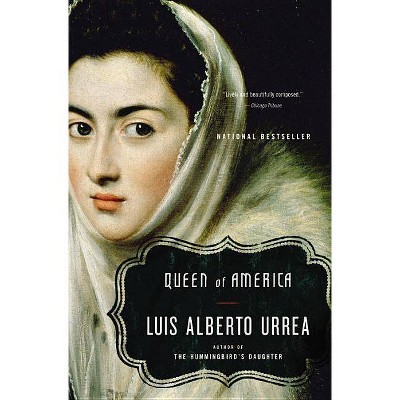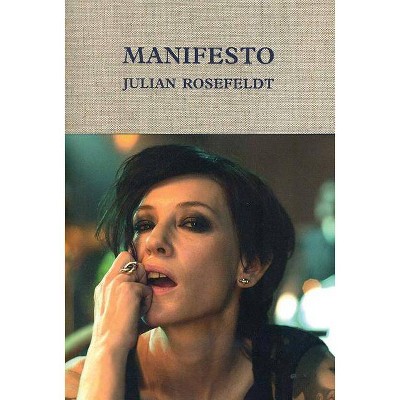(Radical) Functionalism in Latin America - by Luis E Carranza (Paperback)

Similar Products
Products of same category from the store
AllProduct info
<p/><br></br><p><b> Book Synopsis </b></p></br></br><p><em>(Radical) Functionalism in Latin America</em> is an introduction to the production and theorization of functionalist architecture in Latin America from the 1920s through the 1940s. Primarily an abstract, utilitarian, and social architecture, functionalism developed and manifested itself most powerfully in the urban centers of Argentina, Brazil, Mexico, and Uruguay. The book traces how it emerged within and against various economic, artistic, cultural, and political realities and out of the need to radically transform architecture--not only to meet the building requirements of a growing working class but also to critique longstanding aesthetic practices. <em>(Radical) Functionalism in Latin America</em> addresses the material and structural bases of functionalist architecture, the new aesthetics that it proposed, and the tensions that it introduced. In doing so, it grapples with what it means for architecture to be "radical."</p><p>The book is the result of research undertaken by students at Columbia University's Graduate School of Architecture, Planning, and Preservation led by Professor Luis E. Carranza. It assembles and presents key writings and manifestos by some of Latin America's most important functionalist architects and thinkers--many translated into English for the first time. <em>(Radical) Functionalism in Latin America</em> is intended as a resource, a reference, a historical guide, and, perhaps most of all, an invitation for more research into the various strands and examples of (radical) functionalism in Latin America during the first half of the twentieth century.</p>
Price History
Price Archive shows prices from various stores, lets you see history and find the cheapest. There is no actual sale on the website. For all support, inquiry and suggestion messagescommunication@pricearchive.us



















